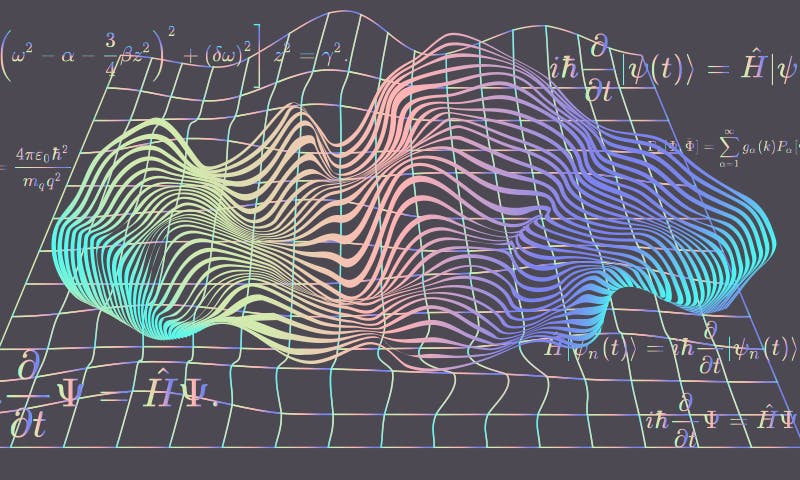1 Gravity is fun!
The word gravity, derived by Newton from the Latin gravitas, conveys both weight and deadly seriousness. But gravity can be the opposite of that. As I researched my book during the sleep-deprived days of the pandemic, flashbacks to the role gravity had played in some of my most memorable moments kept popping into my mind: swinging in hammocks in the Amazon, learning to fly over Niagara Falls, or simply letting myself go in the arms of loved ones. It slowly became clear to me why my colleagues and I had dedicated so much effort to uncovering our theory of “massive gravity.”
Technically, the theory we had discovered is a model in which the graviton, the particle that mediates the gravitational force, has a mass. It is a description of gravity that goes beyond Einstein’s theory of general relativity in an attempt to tackle some of the most challenging questions we currently face in theoretical physics at the interface between cosmology and particle physics. But whereas Einstein’s theory, with its infinite range, is rigid and inflexible, our theory is essentially finite: It switches off and lets go at a certain point. It is Einstein’s theory with a sense of humor: Seriously weighty some of the time, but with a hidden ability to unwind and have a little fun under the right circumstances.

2 Simplicity can be deceivingly complex
E = mc2 is undeniably the world’s most famous formula. It indicates that energy equals mass times the speed of light squared—that energy and mass are equivalent under the right conditions. We take it for granted every day as we enjoy the light and warmth of the sun, an energy it produces by shedding 4.7 million tons of mass every single second. By now, I’m sure that most of the people living on this planet will have seen this formula printed in a book or on a T-shirt. However, explaining what these concepts mean in practice can be so much more challenging than explaining some of the seemingly more technical and obscure equations I’m used to dealing with. The equation may also be among the most misunderstood.
3 The speed of darkness sometimes exceeds the speed of light
I love explaining physical concepts to children or children-in-spirit as they see through everything and go straight to the point. I’ve tried so many times to talk about the speed of light and, invariably, I get interrupted within a matter of seconds, challenged to compare it with the speed of darkness—before the conversation quickly flows chaotically into black holes, the end of the world, and dinosaurs.
The universe is indeed dark, or at least dark to us and filled with what we call dark energy, a fluid-like element that drives the accelerated expansion of the universe. In some situations, this dark energy can also propagate waves at a finite speed. Interestingly, the speed of these waves of darkness can in some cases be greater than that of light itself.
If our universe was flat and unvarying (a flat spacetime), traveling faster than light would be strictly forbidden. But our universe is so much more interesting. It evolves in time and carries spacetime curvature, underpinned by gravity, in ways that can make the seemingly impossible come to life and exceed our wildest imagination. ![]()
Lead image: cybermagician / Shutterstock


